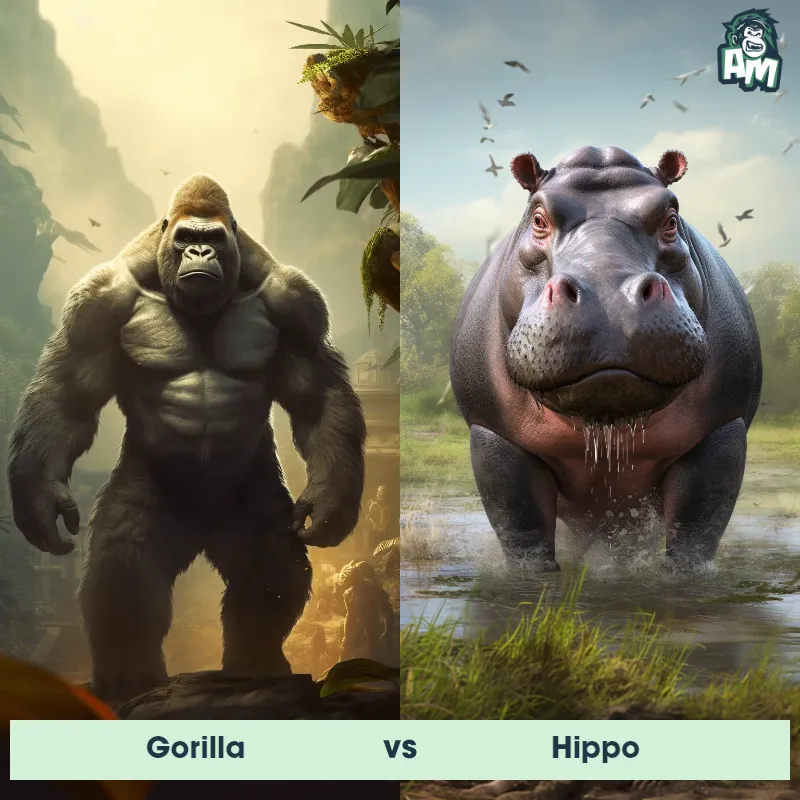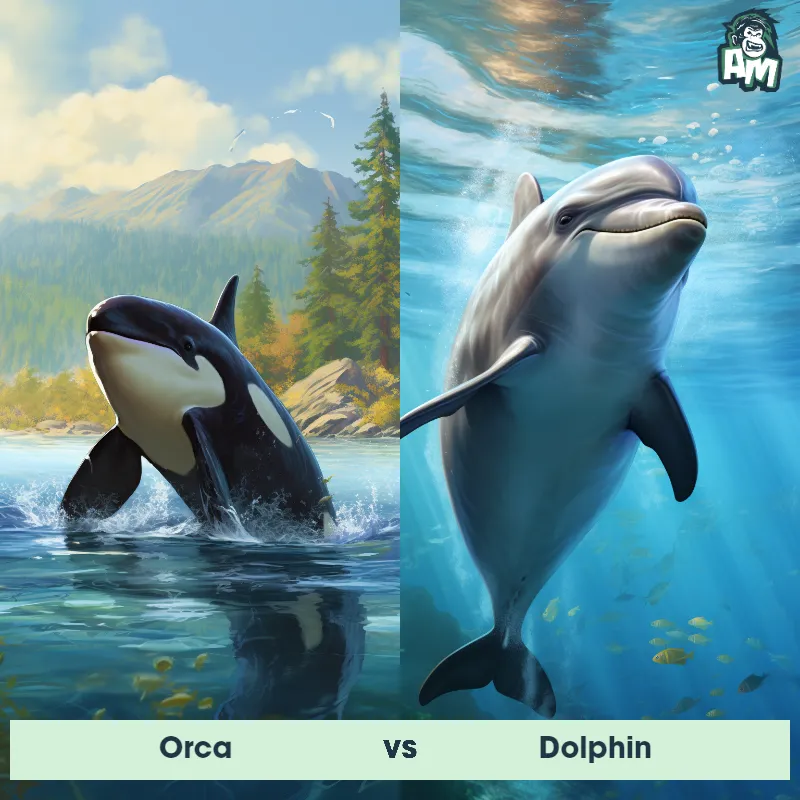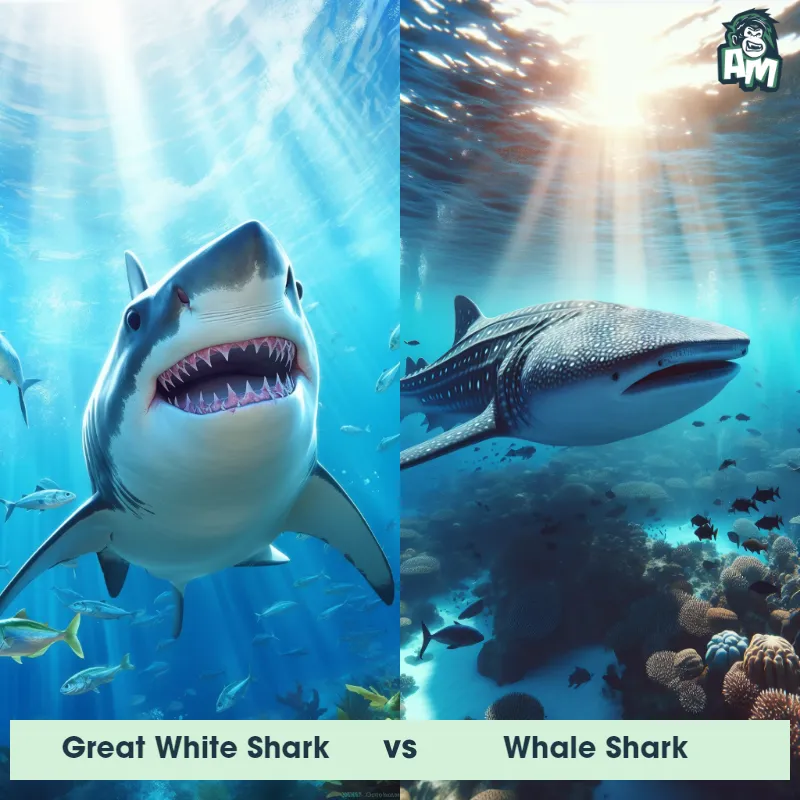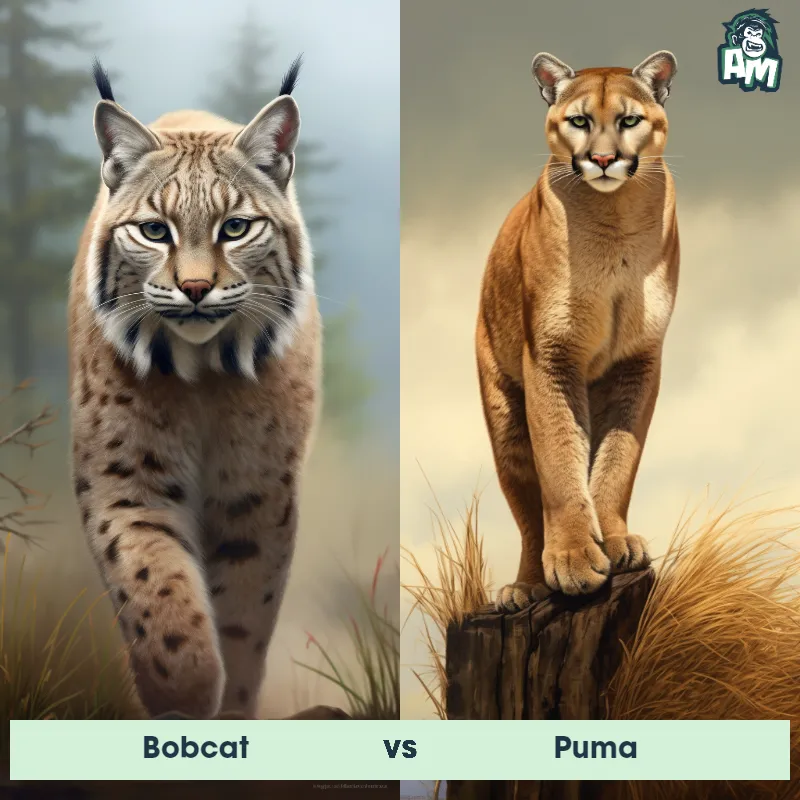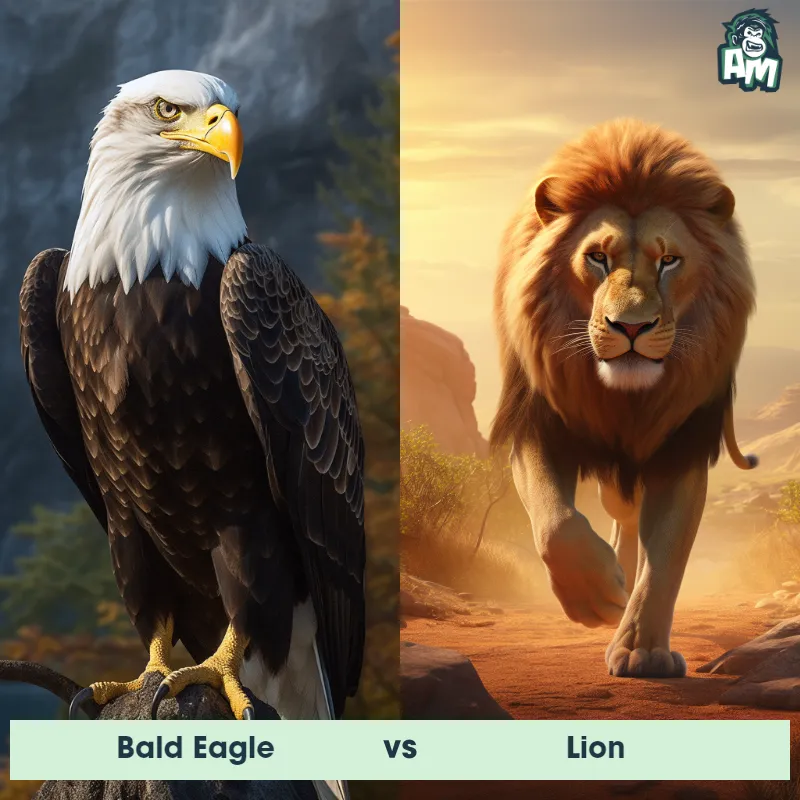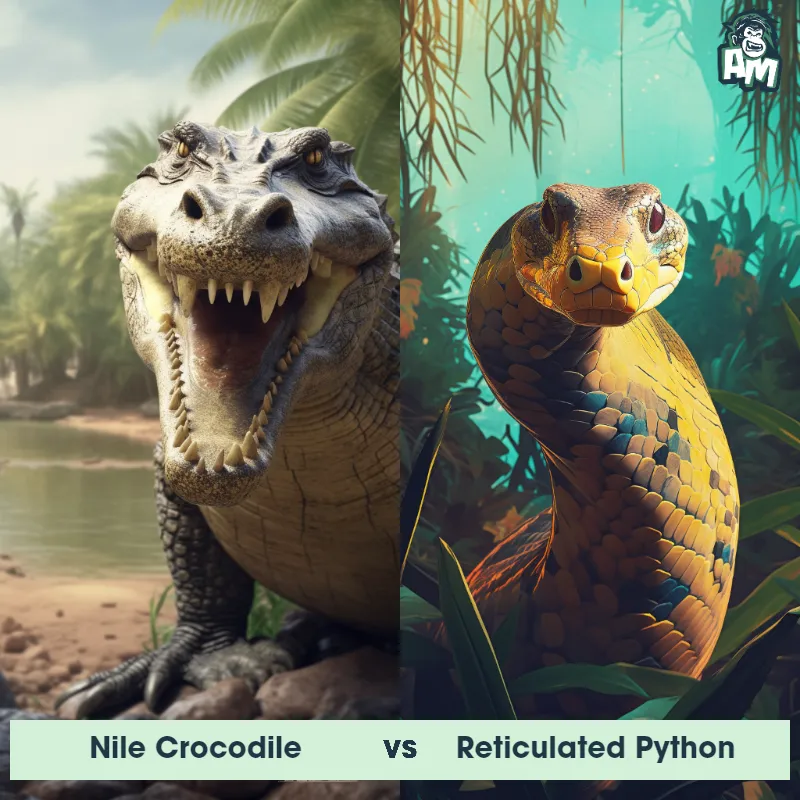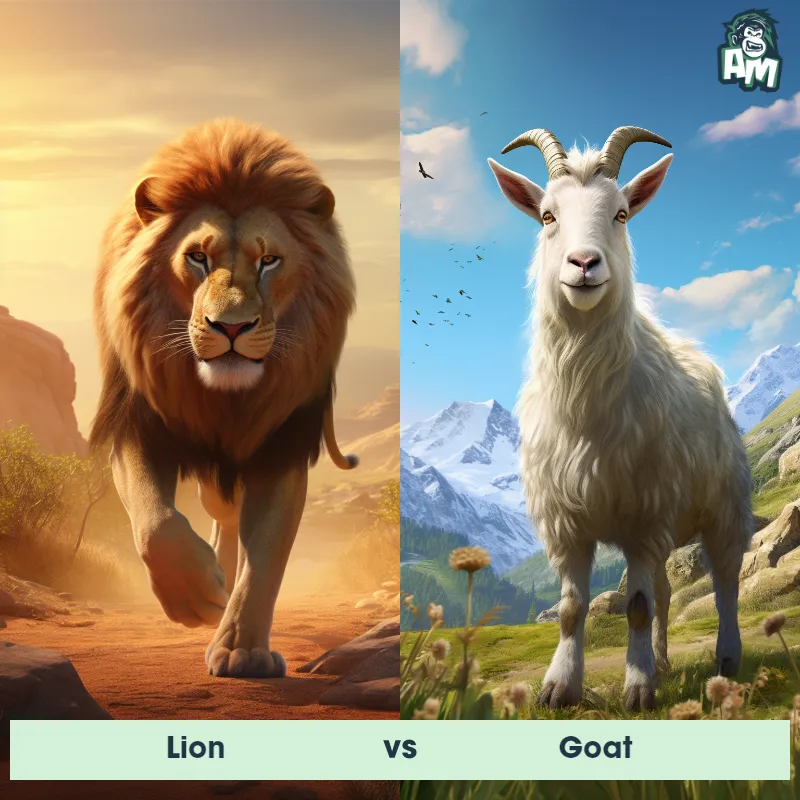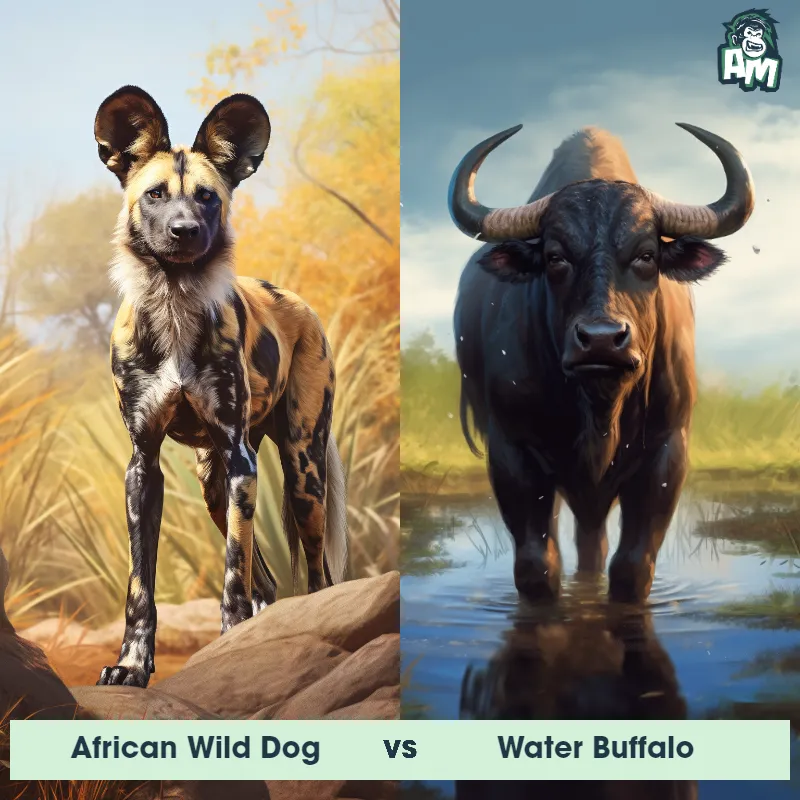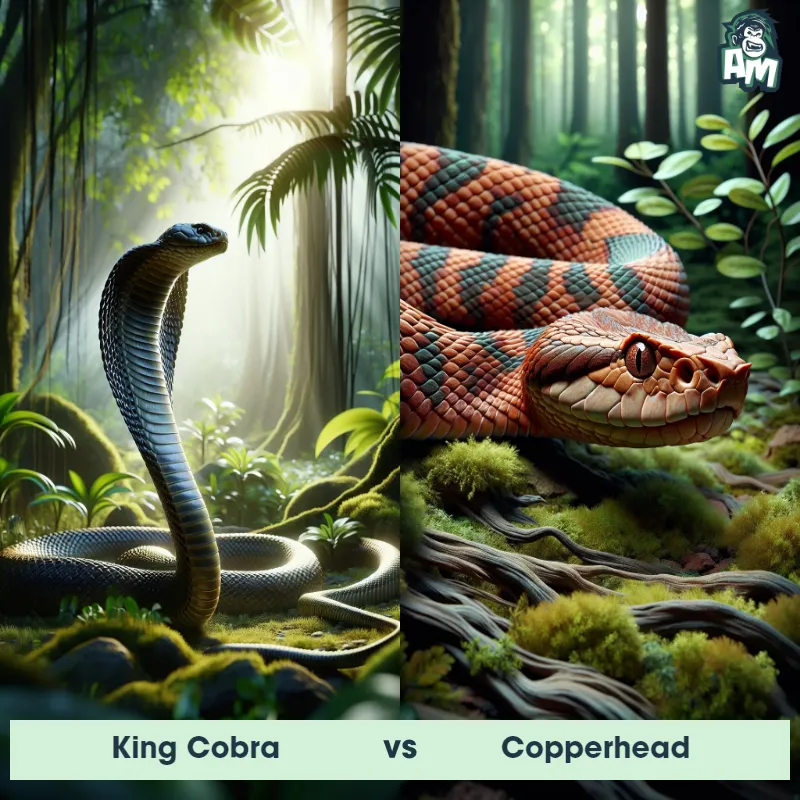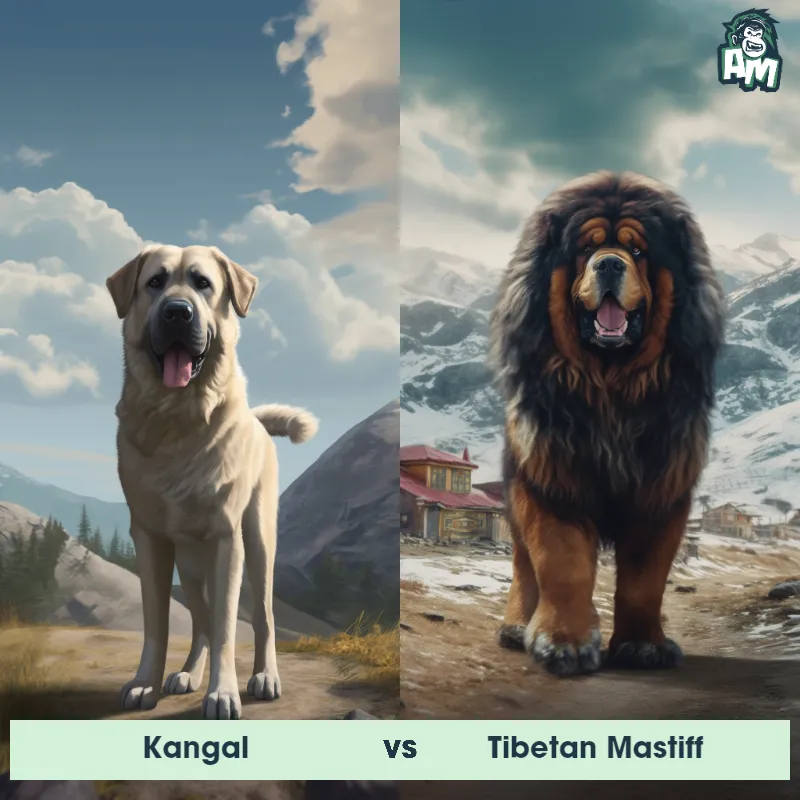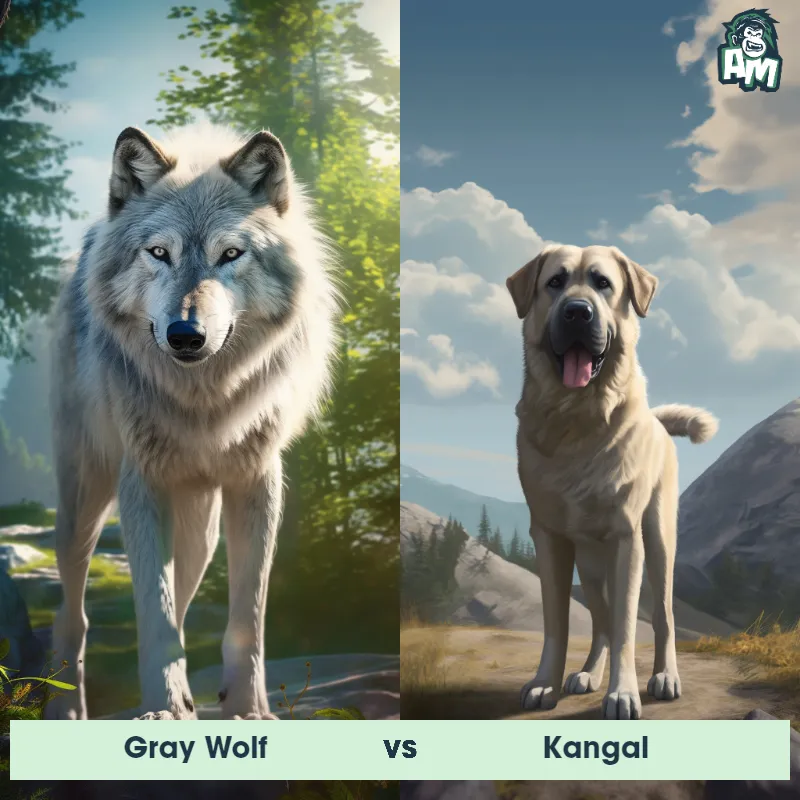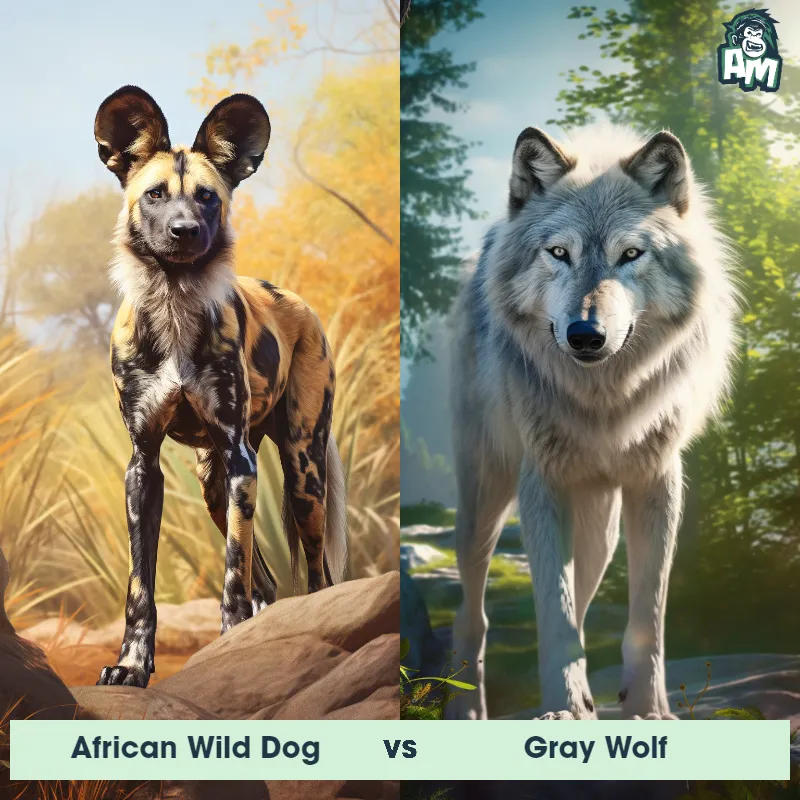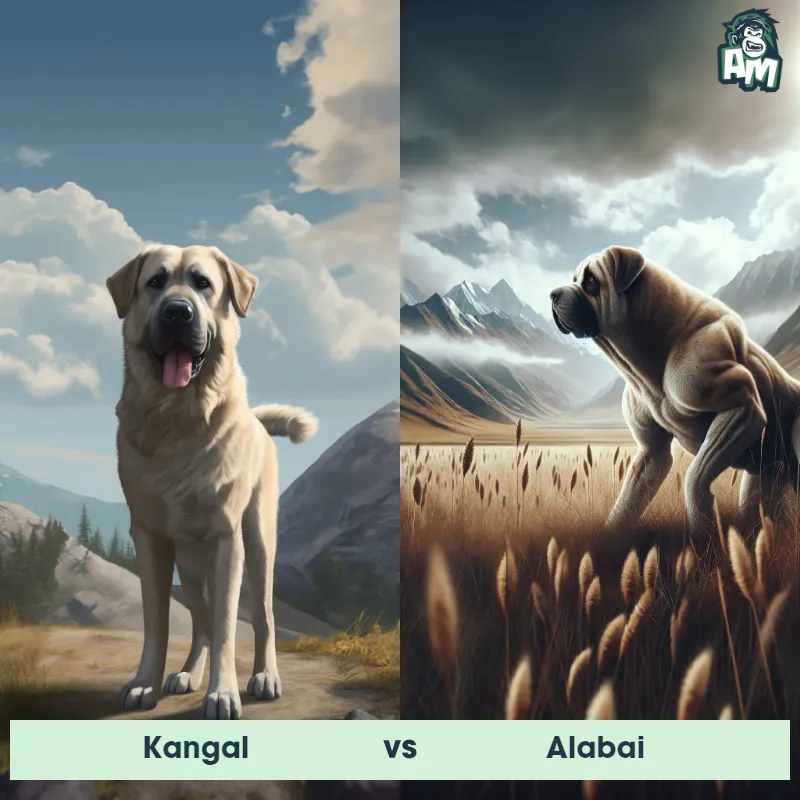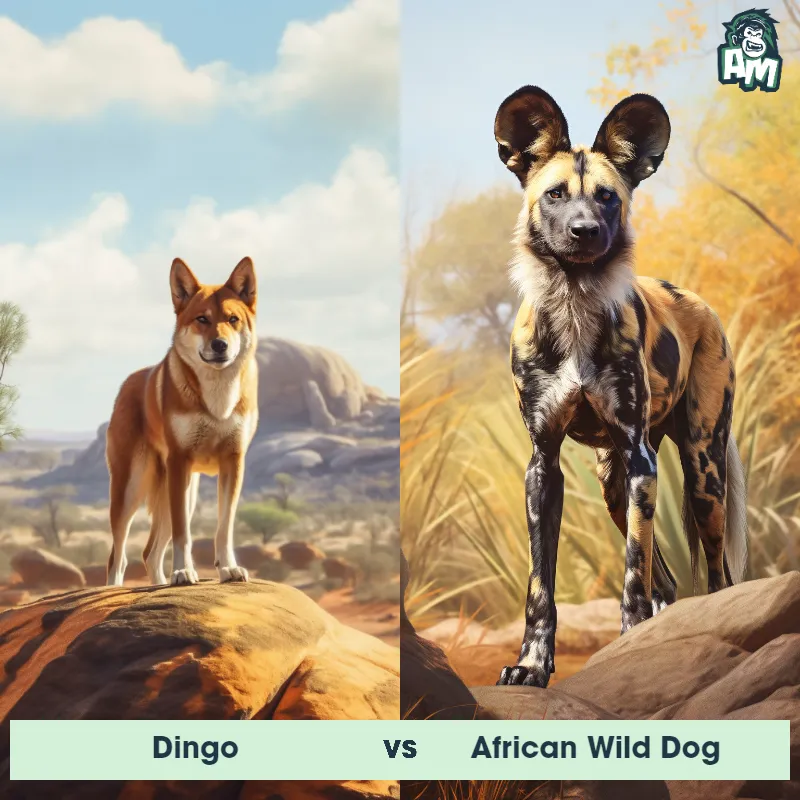Snow Leopard vs Gray WolfSee Who Wins

Welcome, ladies and gentlemen, to this thrilling matchup between a Snow Leopard and Gray Wolf! Today, we witness these powerful predators go head-to-head in a fierce battle to claim dominance. Both animals are known for their incredible agility, strength, and hunting skills. This promises to be an intense encounter, so let's get ready for an unforgettable fight!
Contender 1: Snow Leopard
The Snow Leopard, also known as the "Ghost of the Mountains," is a large cat native to the mountain ranges of Central and South Asia. They have a thick, grayish-white fur coat with black spots that helps them blend into their snowy habitat. Snow Leopards have powerful legs and can jump up to 50 feet in one leap. They are also known for their long, bushy tails that help them maintain balance while navigating steep terrain.
Fun Fact: Snow Leopards are excellent climbers and can scale steep cliffs and rocky terrain with ease, thanks to their powerful legs and large paws that act like natural snowshoes.
Contender 2: Gray Wolf
The Gray Wolf, also known as the timber wolf, is a large canine species found in North America, Eurasia, and parts of Africa. They have a thick, grayish-brown fur coat, a bushy tail, and a strong, muscular build. Gray wolves are highly social animals that live in packs, with a dominant alpha male and female leading the group. They are skilled hunters and can take down prey much larger than themselves, such as elk and bison.
Fun Fact: Gray wolves have a complex communication system that includes howling, growling, and body language, allowing them to communicate with each other over long distances.
Matchup Stats
| Snow Leopard | Gray Wolf | |
|---|---|---|
| Size | 2-2.5 feet (60-75 cm) at the shoulder | 2-3 feet (0.6-0.9 meters) at the shoulder |
| Weight | 60-120 pounds (27-54 kg) | 70-110 pounds (32-50 kilograms) |
| Speed | Speed: 40 mph (64.37 km/hr) | Speed: 40 mph (64.37 km/hr) |
| Key Strength | Powerful legs and sharp claws | Powerful jaws and sharp teeth |
| Biggest Weakness | Vulnerable to larger predators | Vulnerable to attacks on the neck and throat |
Current Votes
Snow Leopard vs Gray Wolf
See Who Wins
View More Matches
Looking For More?
Similar Matches
Scientific Stats
| Snow Leopard | Gray Wolf | |
|---|---|---|
| Scientific Name | Panthera uncia | Canis lupus |
| Family | Felidae | Canidae |
| Habitat | Mountain ranges | Forests, grasslands, tundra, and deserts |
| Geography | Central and South Asia | North America, Eurasia, and parts of Africa |
| Diet | Mainly wild sheep and goats | Carnivorous, primarily feeding on large ungulates such as elk and bison |
| Lifespan | 10 years - 12 years | 6 years - 13 years |
Key Differences between Snow Leopard and Gray Wolf
- Ear size and shape: Snow Leopards have relatively small, rounded ears, which reduce heat loss at high elevations, while Gray Wolves have larger, more pointed ears for effective sound detection and heat regulation.
- Facial markings: Snow Leopards have distinct dark lines running from their eyes down to the side of their mouth, called "mascara lines", which may help reduce glare from the bright mountain sun, whereas Gray Wolves have no such markings on their face.
- Paw size and structure: Snow Leopards have large, fur-covered paws that act as natural snowshoes, enabling them to walk on deep snow without sinking, while Gray Wolves have slightly smaller paws adapted for traversing various terrains.
- Coat color: Snow Leopards have a beautiful light gray coat covered in rosette-shaped black spots, helping them to blend into rocky mountainous terrain, whereas Gray Wolves have a dense, primarily gray coat with occasional hints of brown, black, or white.
- Tail length: Snow Leopards possess an exceptionally long tail, approximately 80-100 cm (2.6-3.3 feet), which aids in balance while climbing and acts as a warm cover when resting, whereas Gray Wolves have a moderately long tail, ranging from 30-51 cm (1-1.7 feet).
- Body size and shape: Snow Leopards have a more slender and agile body structure, weighing between 60-120 kg (130-260 lb) and measuring around 1 meter (3 feet) at the shoulder, while Gray Wolves have a robust build, weighing between 30-60 kg (66-130 lb) and measuring around 0.7-0.8 meters (2-2.6 feet) at the shoulder.




